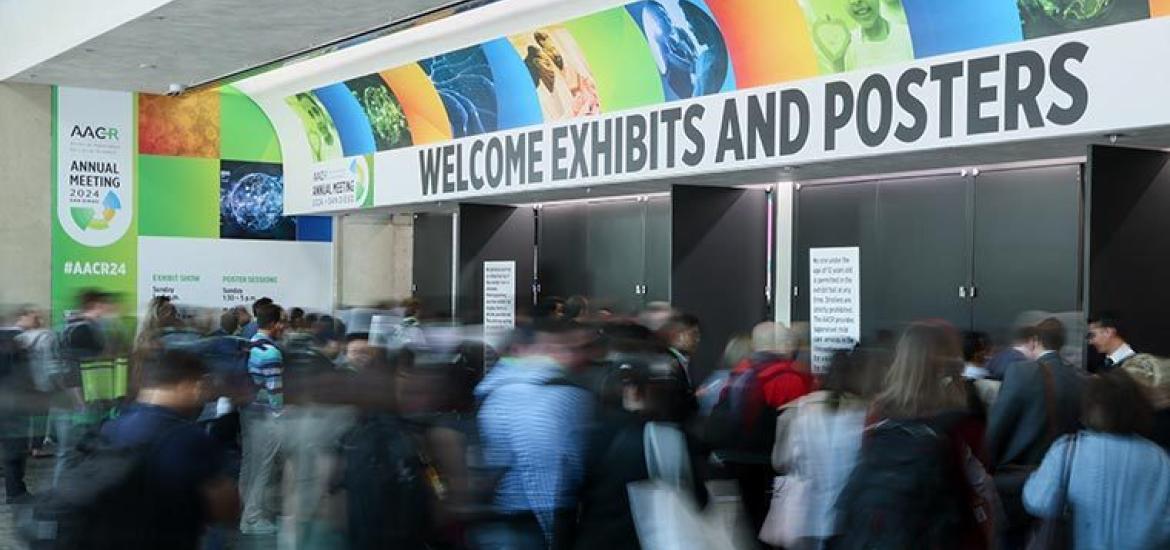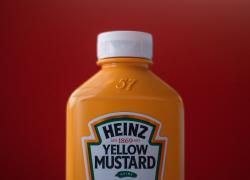
AACR 2025 preview – a surge in dual-payload conjugates
At least 15 dual-payload ADCs will be discussed.
At least 15 dual-payload ADCs will be discussed.

In the space of just a few months the nascent field of dual-payload antibody-drug conjugates has exploded. During the week that the imminent entry of the first such asset into clinical trials was disclosed, and Innovent threw its own hat into the ring, the publishing of AACR abstracts has promised preclinical presentations on at least 15 dual-payload ADCs, many never revealed before.
Among the posters are two featuring Chengdu Kanghong's TROP2-targeting molecule KH815, which according to a new listing on clinicaltrials.gov is due to start a phase 1 trial on 30 April, making it the first dual-payload ADC to be tested in humans. As is to be expected, most of the AACR presentations come from Asian companies.
The only western biotechs to feature, at least according what's known about AACR presentations so far, are Acepodia, Sutro and Araris. The first made waves in striking a deal with China's Biocytogen to develop ADCs that hit two different antigens as well as having two payloads, though its AACR poster relates to a monospecific ADC against GPC3.
Instead, the dual-antigen/dual-payload buzz at AACR will come courtesy of Hangzhou Dac's DXC018, Affinity's IMD2113, Jiangsu Alphamab's JSKN021, CatenaBio's CATB-101 and Phrontline's TJ102. While the first four are variations on HER2/EGFR targeting, the last shows significant novelty, hitting CDH6 and folate receptor α.
Meanwhile, Sutro unveiled a new focus on dual-payload ADCs when discontinuing the underwhelming luvelta-T this month, but has been secretive about specifics. The antigens it's targeting remain under wraps, but an AACR poster reveals the company working on topoisomerase 1 and PARP inhibitor payloads – the last an apparently unique feature.
Dual-payload ADCs to be presented at AACR
| Project | Company | Target | Payloads | Abstract |
|---|---|---|---|---|
| DXC018 | Hangzhou Dac | HER2 x HER2 | Topo1i + antimetabolite inhibitor | 2872 |
| Unnamed | Pinotbio | HER2 | Topo1i + tubulin inhibitor | 6753 |
| CTPH-02 | Celltrion | HER2 | Undisclosed | 6755 |
| Unnamed | MediLink | HER2 | Topo1i + tubulin inhibitor | 1804 |
| IMD526 | Affinity Biopharmaceutical | HER2 | Topo1i + TLR7/8 agonist (for example) | 1805 |
| IMD2126 | PD-L1 | |||
| IMD2113 | EGFR x TROP2 | |||
| JSKN021 | Jiangsu Alphamab | EGFR x HER3 | Topo1i + MMAE | 5451 |
| KHN922 | Chengdu Kanghong | HER3 | Topo1i + RNA pol 2 inhibitor | 1587 |
| KH815 | TROP2 | Topo1i + RNA pol 2 inhibitor | 1586 | |
| Unnamed | Acepodia | GPC3 | Undisclosed | 1785 |
| TJ102 | Phrontline Biopharma | CDH6 x FRα | Undisclosed | LB021 |
| Unnamed | Araris | NaPi2b | Topo1i + Topo1i | LB138 |
| Unnamed | Sutro | Undisclosed | Topo1i + PARPi | 2870 |
| CATB-101 | CatenaBio | HER2 x TROP2 | Topo1i + tubulin inhibitor | 2887 |
For its part, Innovent's fourth-quarter financials release included the addition to the pipeline of IBI3020, an anti-CEACAM6 ADC with undisclosed payloads said to be starting phase 1 this year. A trials-in-progress poster is promised, but isn't included in the AACR abstracts, so will presumably come at ASCO or later.
Also not among the AACR's published abstracts is CrossBridge Bio, a US biotech that closed a $10m private financing round last November, and looks to be headed for clinical trials soon.
For now it looks like it will be beaten to the clinic by Chengdu Kanghong's KH815, though there is still much to play for. A key risk, for instance, involves toxicities arising from combining multiple payloads, and this might be especially relevant for a molecule like KH815, which uses RNA polymerase inhibition, a particularly toxic payload.
It's thought that the design of dual-payload ADCs needs to be considered carefully, and it's not a simple case of attaching to a MAb two payloads instead of one. CrossBridge, for instance, claims to be the only company that's built a linker technology from scratch that's specifically designed for dual payloads.
The logic driving the development of such therapeutics is that patients treated with an ADC can relapse not only through loss of the target antigen, but also by developing resistance to the payload that an ADC uses. Whether a dual-payload ADC can overcome this will only become evident in human trials.
This story has been updated to add the CatenaBio poster. AACR takes place in Chicago on 25-30 April.
4446













